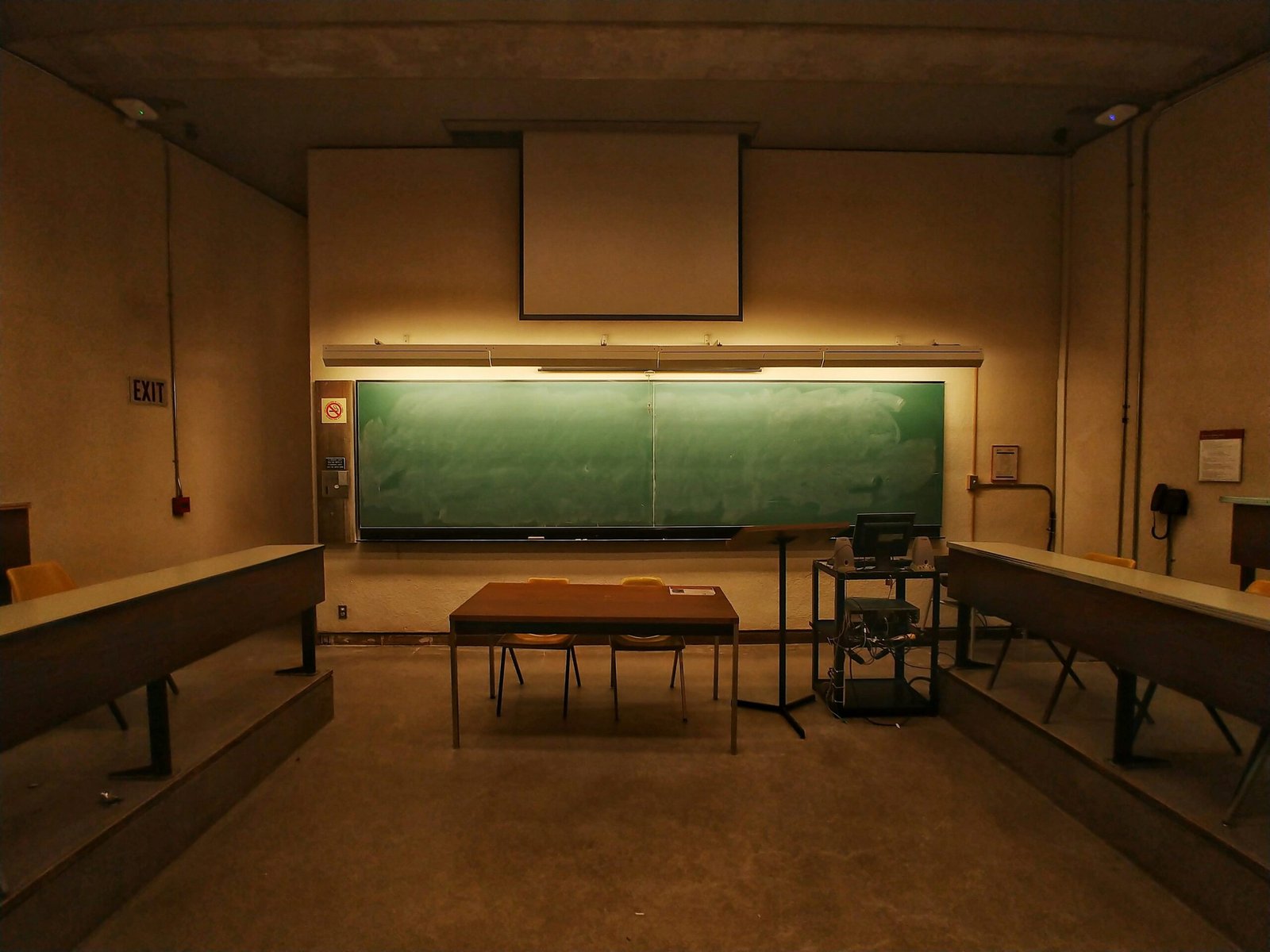Welcome to Classroom 20x, where education meets innovation in a way that transforms traditional learning into an engaging and interactive experience. As the digital age continues to shape our world, classrooms are evolving at an unprecedented pace. Gone are the days of rote memorization and passive listening; today’s students thrive on collaboration, creativity, and tech-savvy solutions.
Classroom 20x embodies this shift by harnessing cutting-edge educational technology and innovative teaching methods. It aims not just to educate but also to inspire both teachers and learners alike. Whether you’re an educator eager for fresh ideas or a parent curious about how modern tools can enhance your child’s learning journey, understanding Classroom 20x is essential.
Dive in as we explore its benefits, technology integration strategies, remarkable EdTech tools available today, real-life success stories from schools embracing this approach, challenges faced during implementation, and what the future holds for education in this ever-evolving landscape. The revolution in learning has begun—are you ready to join it?
The Benefits of Innovative Learning
Innovative learning reshapes the educational landscape. It encourages critical thinking, creativity, and collaboration among students.
Students become active participants in their own education. This engagement fosters a love for learning that extends beyond the classroom walls. When they explore topics hands-on or through projects, retention improves significantly.
Flexibility is another key benefit. Innovative methods can adapt to various learning styles and paces. No two learners are alike; tailored approaches help meet individual needs effectively.
Moreover, innovative learning often integrates real-world applications. Students connect academic concepts with everyday experiences, making lessons more relevant and meaningful.
Collaboration tools enhance communication skills as well. Working together on projects prepares students for future teamwork in professional environments.
These benefits culminate in a more dynamic educational experience that empowers students to thrive today and tomorrow.
Technology Integration in the Classroom
Technology integration in the classroom reshapes how students learn and interact. It transforms traditional teaching methods into dynamic experiences that engage learners.
Digital tools enhance collaboration, allowing students to work together seamlessly on projects, even from different locations. They can share ideas and resources instantly through various platforms.
Interactive whiteboards replace chalkboards, making lessons more visual and engaging. With multimedia content at their fingertips, educators can cater to diverse learning styles effectively.
Moreover, gamification adds an element of fun to education. Students are motivated by challenges that make learning feel less like a chore and more like an adventure.
Data analytics is another game-changer. Teachers gain insights into student progress and adapt instruction accordingly, ensuring no one falls behind.
The integration process does require planning and training but ultimately paves the way for innovative educational practices that captivate today’s tech-savvy students.
Top EdTech Tools for Modern Teaching
The landscape of education has transformed dramatically with the rise of technology. A variety of EdTech tools are making modern teaching more effective and engaging.
Google Classroom is a staple for many educators. It simplifies assignment distribution, feedback, and communication between teachers and students. Its user-friendly interface promotes collaboration.
Kahoot! adds an element of fun to assessments through gamified quizzes. Students can participate in real-time competitions, enhancing their learning experience while keeping engagement high.
Another noteworthy tool is Nearpod, which allows teachers to create interactive lessons that incorporate multimedia elements. This fosters active participation among students during lectures.
For those focusing on personalized learning, platforms like Edmodo offer robust resources for tracking individual progress and facilitating peer interaction in a safe environment.
Microsoft Teams integrates seamlessly into classroom settings for discussions and resource sharing. These tools exemplify how technology enhances educational practices today.
Success Stories from Schools Using Classroom 20x
Across the globe, numerous schools have embraced Classroom 20x with remarkable results. One standout example is a high school in California that integrated project-based learning alongside digital tools. Students collaborated online and engaged more deeply, leading to improved academic performance.
Another inspiring story comes from a middle school in Texas. By incorporating gamified learning experiences through Classroom 20x, teachers noticed heightened motivation among students. This shift not only enhanced participation but also fostered teamwork skills essential for future endeavors.
In Michigan, an elementary school utilized virtual reality technology within the Classroom 20x framework. Students explored historical landmarks and scientific concepts firsthand, making lessons unforgettable.
These stories highlight how innovative approaches can transform traditional education methods into dynamic learning environments where student engagement thrives and achievement flourishes.
Challenges and Solutions in Adopting Classroom 20x
Adopting Classroom 20x comes with its share of challenges. One major hurdle is the resistance to change among educators and administrators. Many teachers feel comfortable with traditional methods and may hesitate to embrace new technologies.
Another challenge lies in funding for EdTech resources. Schools often struggle to allocate budgets for necessary tools, leaving them at a disadvantage compared to others that are more tech-savvy.
Training also presents an obstacle. Without proper professional development, even the best technology can fall flat in the classroom.
Solutions exist, though. Encouraging collaboration among teachers can help ease transitions by sharing experiences and strategies. Grant opportunities and community partnerships can provide financial support for acquiring essential tools.
Investing in ongoing training ensures that educators remain confident using innovative resources. With time, patience, and strategic planning, schools can overcome these challenges effectively while enhancing learning experiences through Classroom 20x.
Future of Education: Advancements in Classroom 20x
The future of education is bright with Classroom 20x leading the way. As technology evolves, so do teaching methodologies. This innovative approach emphasizes collaborative learning and personalized experiences for every student.
Artificial intelligence plays a pivotal role in this transformation. AI-driven tools can provide real-time feedback, helping educators tailor lessons to meet individual needs. Imagine classrooms where students engage with adaptive learning platforms that adjust content based on their performance.
Virtual reality (VR) is another game-changer. It immerses learners in interactive environments, enhancing understanding of complex subjects through experiential learning. Students can explore ancient civilizations or dive into biological processes—all from their classroom.
Additionally, data analytics will shape the educational landscape by providing insights into student engagement and achievement levels. This information empowers teachers to make informed decisions and improve instructional strategies effectively.
With these advancements, Classroom 20x promises an engaging and dynamic educational experience for all learners moving forward.
Conclusion
The evolution of education is undeniably linked to the integration of technology and innovative learning methods. Classroom 20x represents a transformative approach that empowers educators and students alike. With its focus on collaboration, creativity, and critical thinking, this model opens new pathways for effective learning experiences.
As we see schools embrace Classroom 20x, it’s clear that the benefits extend beyond just improved academic performance. Students are gaining essential skills for the modern world—skills such as adaptability, problem-solving, and digital literacy. The successful implementation of EdTech tools not only enhances engagement but also fosters a culture of continuous improvement in teaching practices.
While challenges exist in adopting this innovative framework—from training teachers to ensuring equitable access—the solutions are within reach through professional development programs and strategic planning efforts. Schools willing to overcome these hurdles position themselves at the forefront of educational advancement.
Looking ahead, advancements in Classroom 20x will likely continue reshaping how knowledge is delivered and absorbed. As technology evolves further, so too do the opportunities for creating enriching learning environments where every student can thrive. Embracing these changes now sets a foundation for future generations who will navigate an increasingly complex world with confidence and competence.

